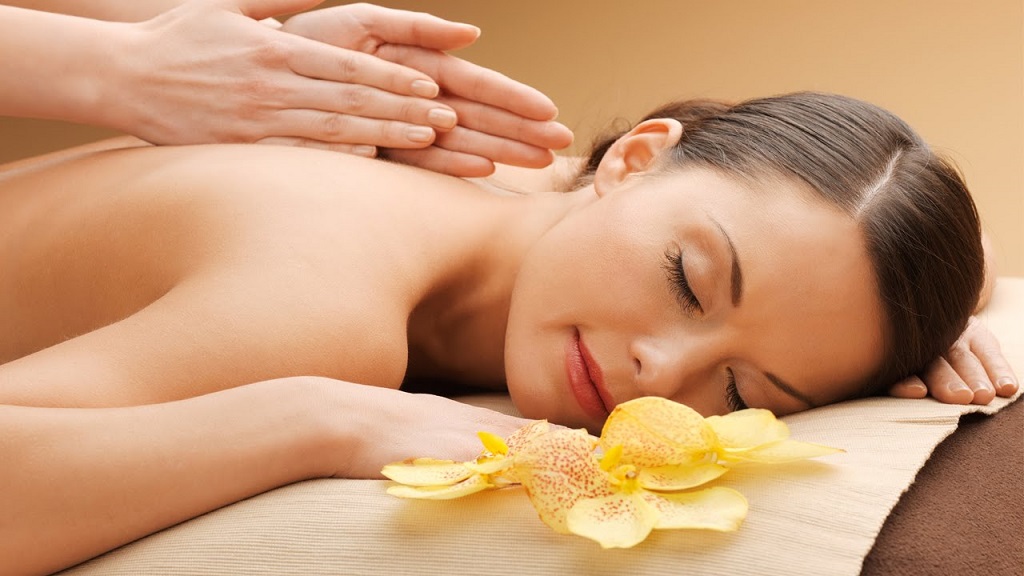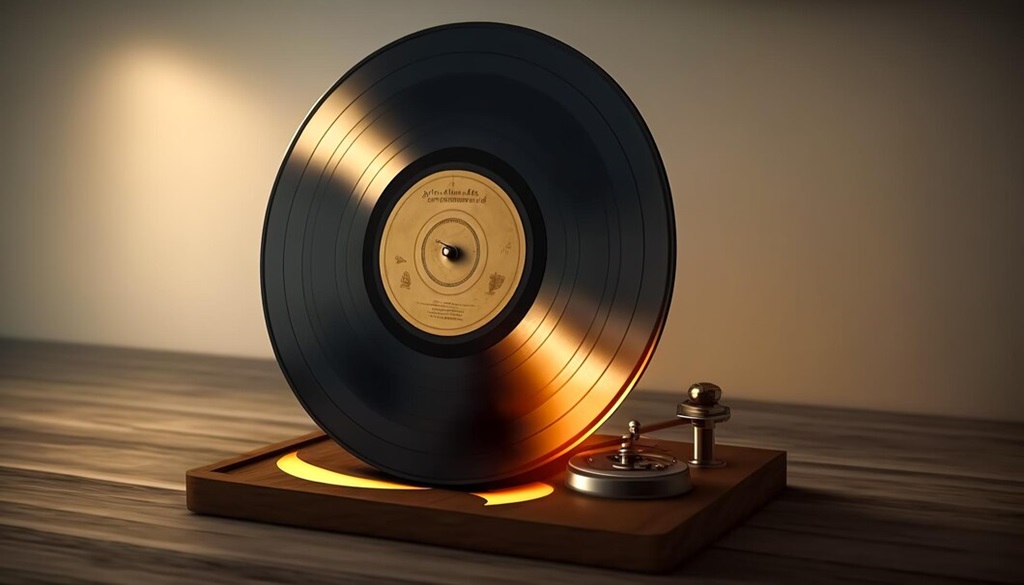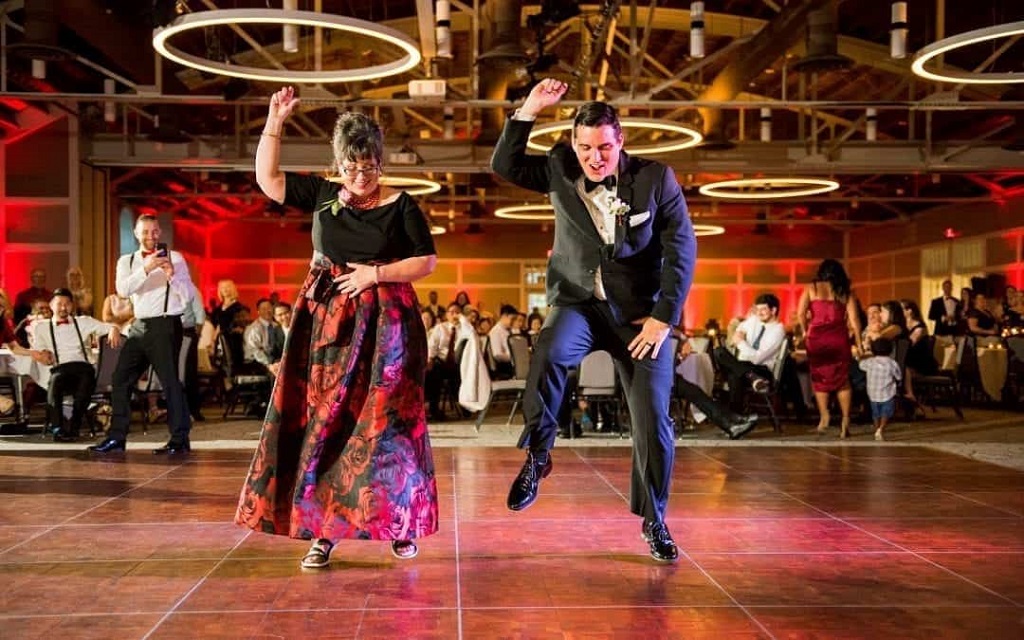
A good night’s sleep is incredibly important for our health and wellbeing. However, many of us struggle to wind down and fall asleep easily. Relaxing spa music provides a simple yet powerful way to help quiet your mind, reduce stress, and get the restorative rest you need.
We’ll explore the benefits of relaxing spa music, explain how it encourages healthy sleep, and provide tips for creating the ideal bedtime soundscape. Read on to learn how to utilize soothing sounds to overcome insomnia, reset your body’s natural rhythms, and wake up feeling refreshed. We suggest visiting laser hair removal in Manhattan.
Why Choose Relaxing Spa Music?
Relaxing spa music sets a tranquil ambiance that’s conducive to sleep. Here’s a look at the key reasons to choose soothing spa sounds over other sleep aids:
It Lowers Stress and Anxiety
Stress is one of the biggest barriers to quality slumber. Racing thoughts and anxiety keep the mind overstimulated long after you’ve gone to bed. Relaxing spa music has a calming effect that slows down the nervous system. The consistent ambient tones help quieten the inner chatter so you can decompress.
It Evokes a Safe, Comforting Environment
Something about soothing spa music brings to mind a serene atmosphere. The softly flowing piano melodies and ethereal nature sound create a cocoon-like sensory experience. This helps activate the parasympathetic nervous system responsible for rest, recovery, and rejuvenation.
It Blocks Out Disruptive Noises
Sudden household noises like garage doors opening, dogs barking, and upstairs neighbors can startle you out of sleep. Relaxing spa music masks these disruptions so they don’t wake you up. The consistent neutral sounds create a barrier between you and the outside world.
It Induces Deep, Restorative Sleep
Soothing soundscapes encourage our brains to move into slow-wave sleep. This is the deepest sleep stage, where the body restores itself overnight. Relaxing music synchronizes your brainwaves into this restorative pattern so you spend more time recharging. Visit the wax centers in midtown Manhattan to get the best care for waxing.
It Regulates Circadian Rhythms
Our bodies follow natural circadian cycles that regulate our sleep-wake times. Relaxing music mimics the cadence of these biological rhythms. As the tones steadily fade in and out, they help reset your body clock so you naturally feel sleepy.
Choosing the Right Relaxing Spa Music
Not all relaxing music is optimally suited for sleep. Here are some factors to keep in mind when selecting spa music:
Seek Out Tempo Compositions
Look for spa music with slower tempo beats, ideally around 60 to 80 beats per minute. This pace aligns with the rhythm of a resting, relaxed heart rate. Faster-paced music can have the opposite effect and stimulate you.
Favor Acoustic Instrumentation
Spa music centered around acoustic instrumentation like piano, strings, and flute has an inherently calming quality. The natural timbre of these instruments, especially when played softly, induces relaxation.
Include Nature & Ambient Sounds
Gentle, diffuse background textures like ocean waves, rainfall, and soft chimes add to the ultra-relaxing spa vibe. These ambient sounds help drown out anything that might otherwise wake you.
Avoid Sudden Changes or Swells
Steady, consistent volume and tone are key. Any abrupt changes, loud crescendos, or jarring melodies could startle you out of slumber. Stick to compositions that maintain a smooth, even tranquility.
Limit Vocals and Lyrics
While some soft vocals can be soothing, lyrics engage the brain too much for sleep. To avoid active listening, choosing spa music without words is best. Focus instead on lush instrumentals.
Crafting Your Perfect Bedtime Soundscape
Experiment to find your ideal relaxing spa music to enhance sleep. Here are some elements to consider incorporating:
Extended Length Tracks
To avoid disruptive track changes, use long recordings or full albums. Uninterrupted music better mimics natural soundscapes to whisk you off to sleep. If adjusting volume or switching tracks, use gentle fade-outs.
Calm Piano Instrumentals
Gentle solo piano works wonderfully to relax the mind. Try pairing peaceful piano melodies with warm string accompaniments to evoke the spa experience fully. Focus on soft, emotive passages.
Pure Ambient Textures
For ultra-zen background noise, try ambient spa mixes without distinct melodies. Things like trickling water, singing bowls, or subtle wind chimes create a hypnotic sound bath.
Sounds of Nature
Nothing is more universally peaceful than the sounds of nature. Mix relaxing spa piano with soft rain showers, ocean waves, or gentle brooks to make the experience more tranquil.
Guided Sleep Meditations
Some spa music recordings integrate relaxing voiceovers to guide you into a restful sleep. The calm guidance helps distract wandering thoughts and brings your focus to the present.
Setting the Right Sleep Environment
To get the full sleep benefits from relaxing spa music, optimize your environment. Follow these tips when playing soothing soundscapes:
- Choose a comfortable mattress and bedding that keeps you relaxed and cool
- Dim lights incrementally in the hour before bed to increase melatonin
- Shut blinds and curtains to block out light and mute outside noises
- Adjust temperature to around 65°F which mimics natural sleep conditions
- Remove electronic devices and screens from the bedroom
- Diffuse calming essential oils like lavender or chamomile
- Drink chamomile tea to further relax before tucking in
- Do light stretches to release tension and ready your body for sleep
Pair these elements with your chosen spa music to transform your bedroom into a tranquil oasis for deep, rejuvenating sleep.
Sample Playlists for Sleep
Here are some sample relaxing spa music playlists to help you drift off to dreamland:
Peaceful Piano for Sleep – Gentle solo piano instrumental pieces optimized for sleep. Features soft, emotive melodies at slower tempos along with light ambient textures.
Sleep Soundscapes – A mix of calm piano, acoustic strings, flute, and sounds of nature. Lush instrumental music blended with rain, ocean waves, and birdsong.
Midnight Spa – Ultimate deep relaxation with ambient textures, including singing bowls, gentle drones, and trickling water. A sparse, hypnotic sound bath to quiet the mind.
Guided Sleep Meditations – Soothing spa compositions integrated with calming voiceovers to talk you into a relaxed slumber. Helpful for those racing thoughts.
Tranquil Strings – Beautiful string instrumentals to send you into deep, restorative sleep. Warm cello and violin atop the subtle piano and acoustic guitar.
Troubleshooting Insomnia with Soothing Sounds
If you suffer from insomnia, relaxing spa music can help break the cycle of sleeplessness. Follow these best practices:
- Stick to a regular sleep schedule, even on weekends, to regulate your body clock.
- Avoid napping during the day, which makes it harder to sleep at night.
- Limit caffeine, alcohol, and heavy meals within 4 hours of bedtime.
- Engage in relaxing activities before bed, like light yoga stretches, reading, or bathing.
- Invest in blackout curtains to block light and create optimal sleep conditions.
- Try weighted blankets to feel cocooned and address anxiety.
- Look for spa music with delta wave frequencies that encourage deep sleep.
- Seek cognitive behavioral therapy or sleep training if difficulties persist.
Using research-backed techniques alongside soothing soundscapes gives the best chance of finally getting restful sleep. Be patient and consistent to overcome insomnia gradually. Finally, we recommended Waxing studio Manhattan and the Best facial for acne in Manhattan to know more details.
FAQs
Does relaxing spa music help you fall asleep faster?
Multiple studies have found that relaxing music with slower tempos right before bed helps decrease the time it takes to fall asleep. The consistent neutral sounds have a pacifying effect that quiets the mind and body.
What is the best relaxing music to sleep with?
The most sleep-conducive music tends to be gentle solo piano, light ambient textures, acoustic instruments, and soft sounds of nature. The key is a steady, smooth composition free of lyrics, loud passages, and abrupt changes that could disrupt sleep.
Should you leave relaxing music on all night?
It’s best to have relaxing music fade out eventually so it doesn’t end up waking you out of deeper sleep stages later in the night. Set a sleep timer for 45 to 90 minutes. Alternately, use long-form ambient mixes that incorporate plenty of silence.
Is it OK to sleep with headphones on while listening to music?
Sleeping with headphones on is generally not recommended for safety reasons. It also increases the chances of being woken up by your movements. Instead, play relaxing spa music softly on a speaker. Position it close enough to create a soothing soundscape.
Can you become dependent on relaxing music to fall asleep?
It’s very unlikely to become dependent or habituated. The key is not to play music loudly enough that it distracts or excites you. Used properly, peaceful background music simply helps ease the transition into slumber without any adverse effects.
Conclusion
Creating a serene environment is crucial for a good night’s sleep. One effective way to achieve this is by listening to calming spa music. By selecting and compiling a collection of sounds that suit your preferences, you can create your personalized soundscape that promotes relaxation and helps you fall asleep faster. With regular use, your brain will start to associate peaceful sounds with a restful state of mind, making it easier for you to achieve deep, uninterrupted sleep. So, take some time to curate your custom playlist and let the soothing melodies lull you into a peaceful slumber. You are wishing you sweet dreams!


 Most Popular Songs With Baby in the Title
Most Popular Songs With Baby in the Title  The Songs Everyone Knows but Not the Name
The Songs Everyone Knows but Not the Name  Get Up and Dance! Songs Like Cupid Shuffle to Keep the Party Going
Get Up and Dance! Songs Like Cupid Shuffle to Keep the Party Going  How to Memorize Violin Note Chart Quickly?
How to Memorize Violin Note Chart Quickly? 


